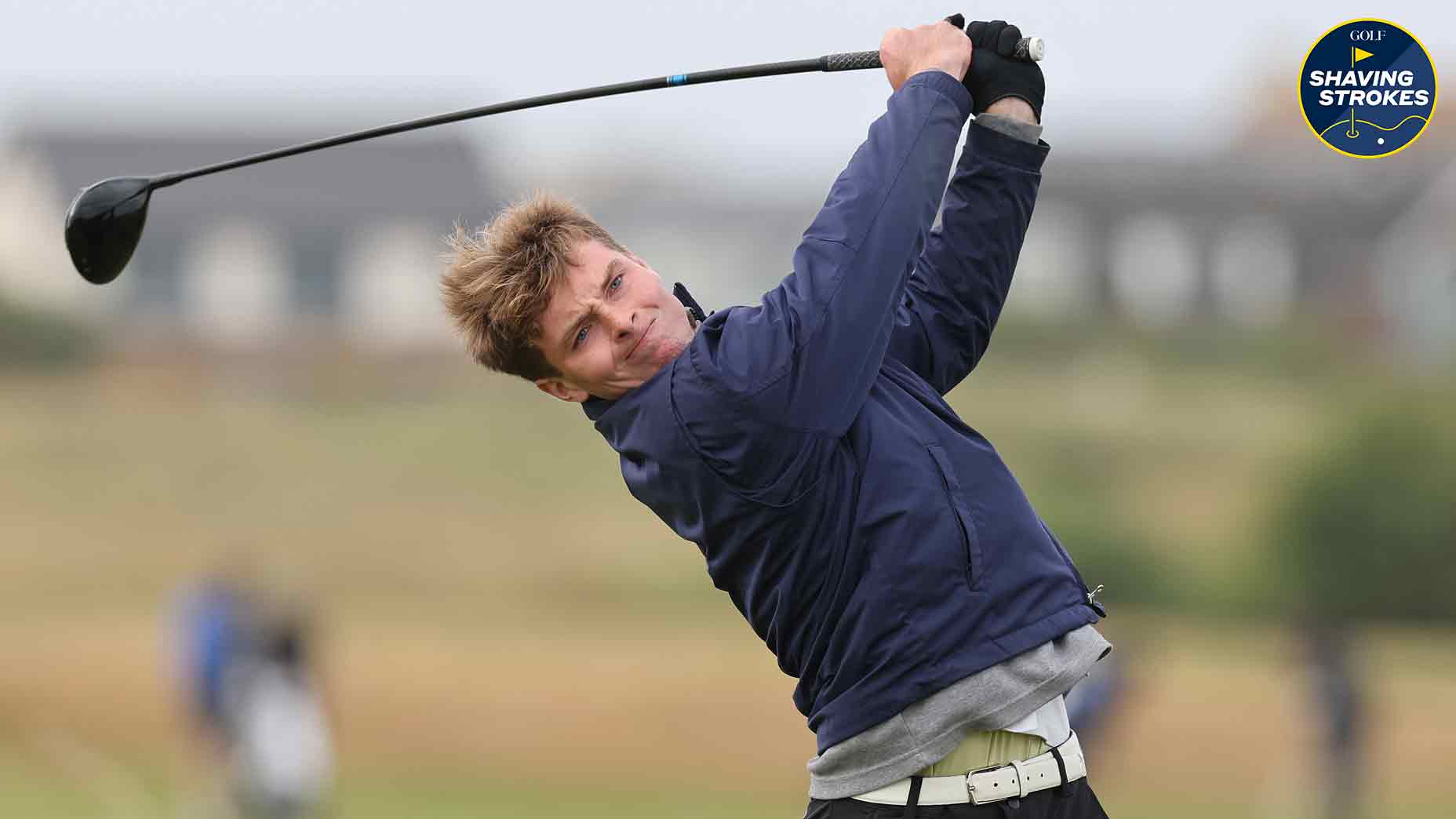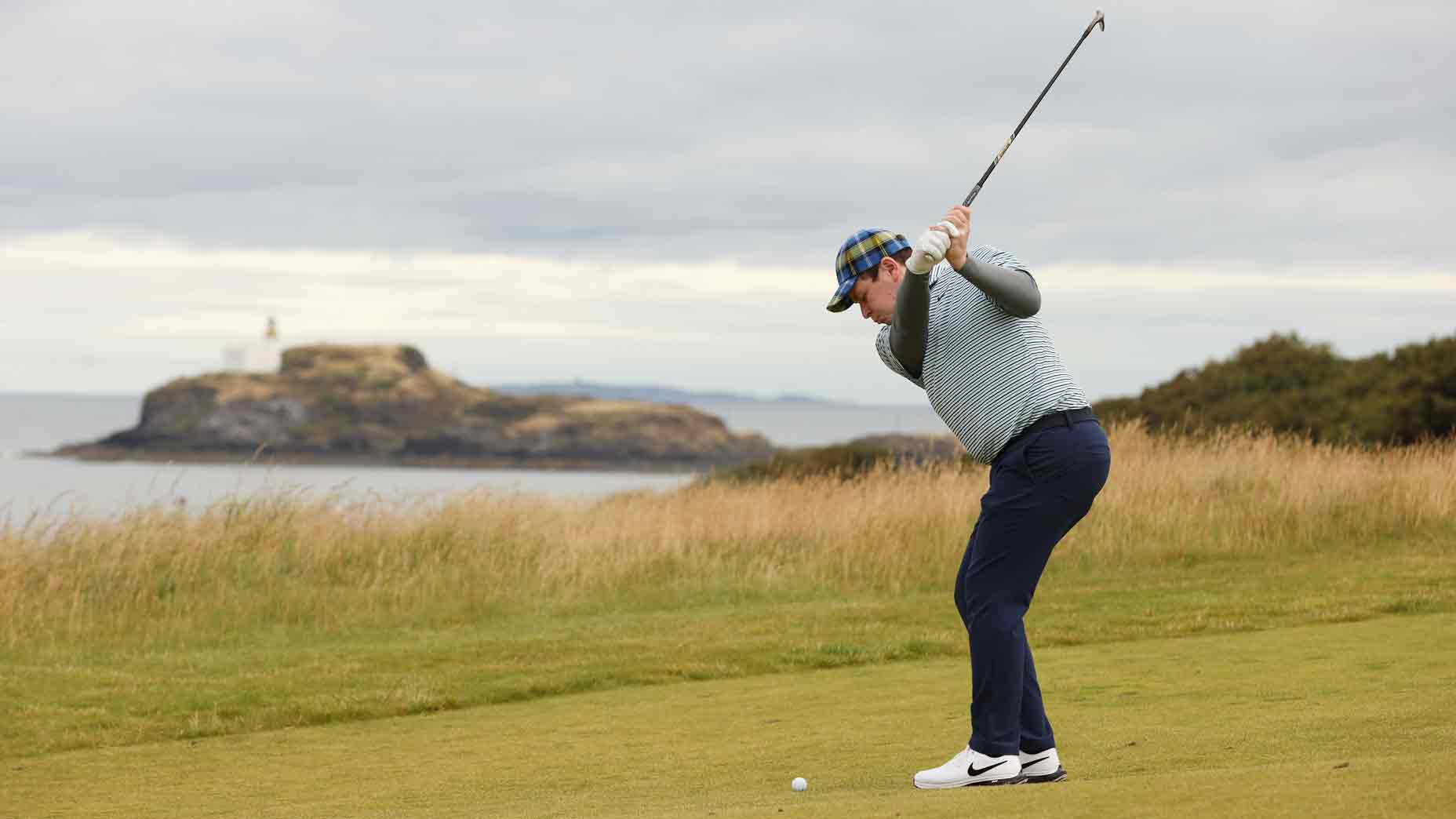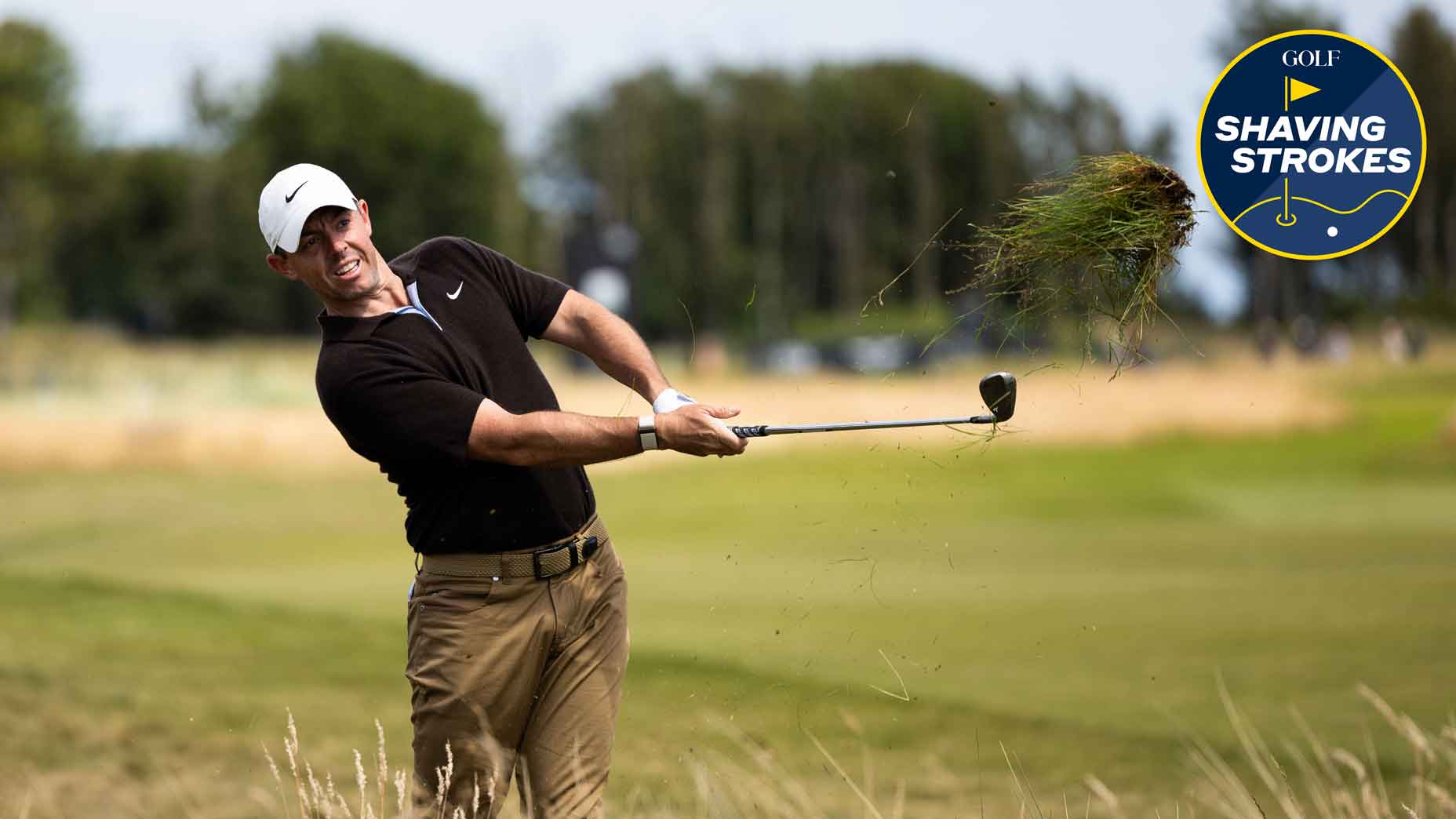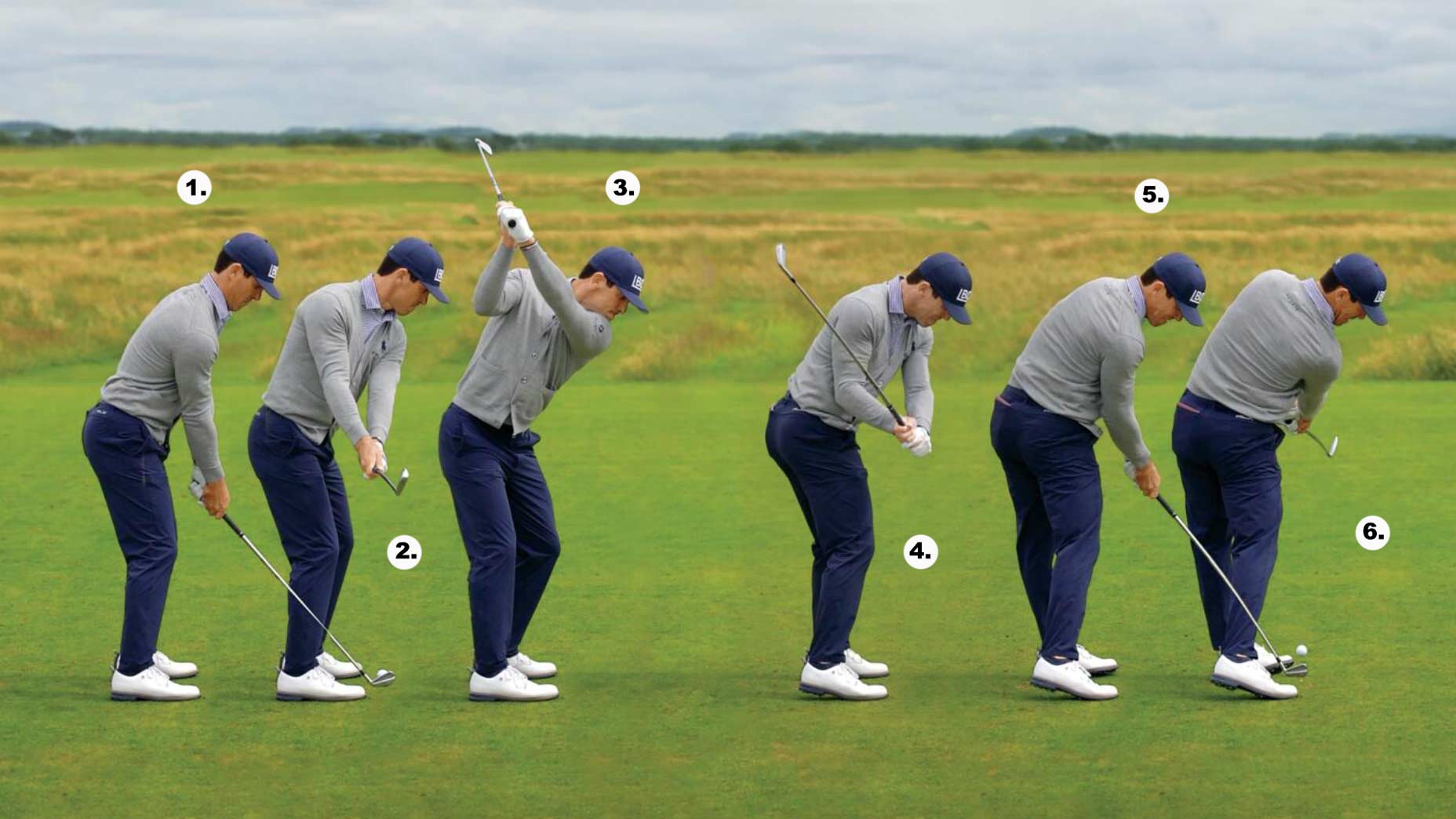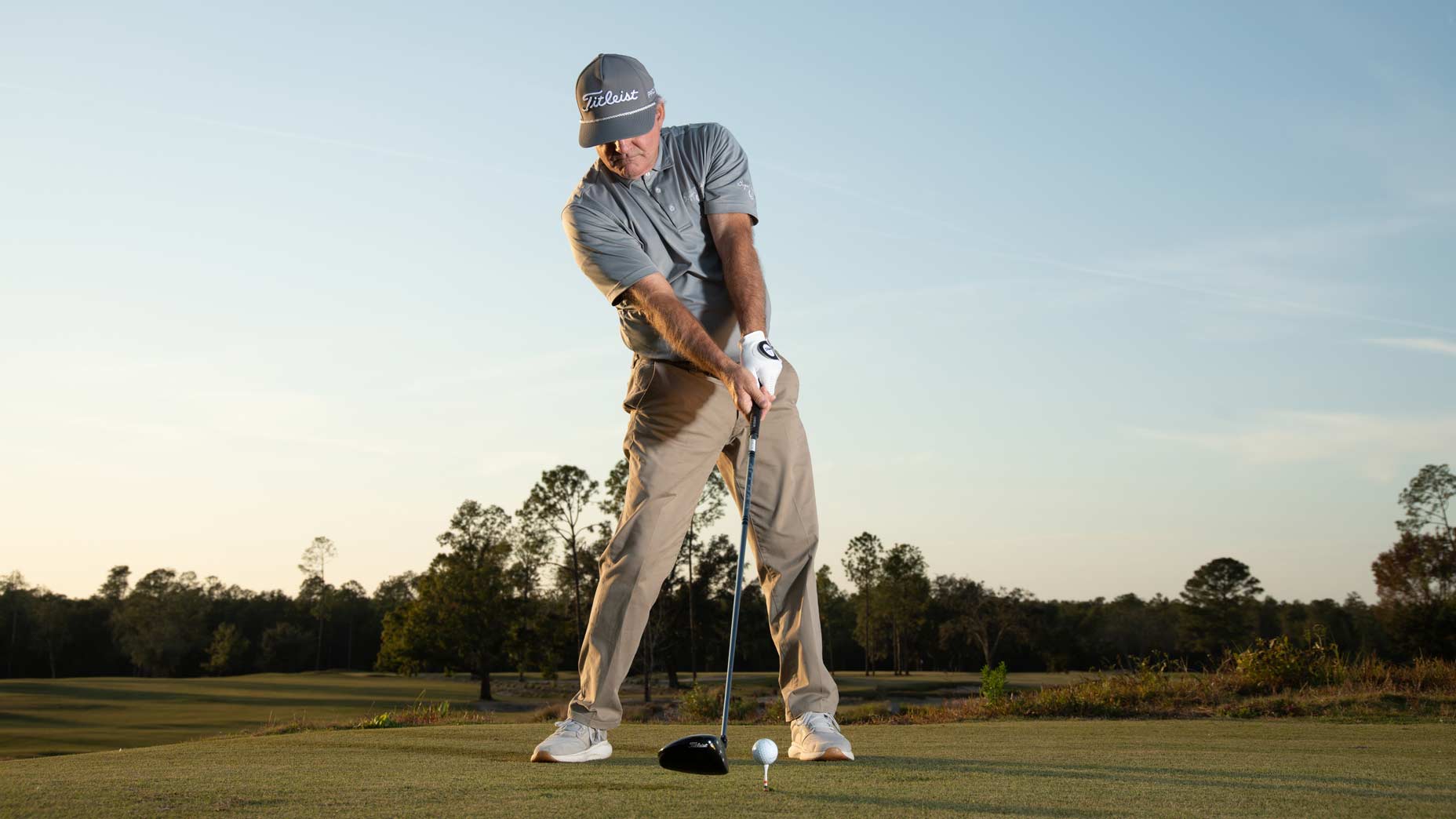Welcome to Shaving Strokes, a GOLF.com series in which we’re sharing improvements, learnings and takeaways from amateur golfers just like you — including some of the speed bumps and challenges they faced along the way.
With this week’s Open Championship upon us, it’s almost guaranteed to be windy and a little blustery, making Royal Troon play much more difficult for the entire field. So with the forecast calling for “unsettled conditions” at the moment, players will need to adjust a few things in order to score low.
10 ways to prepare for golf in Scotland, per top teacherBy: Kellie Stenzel, Top 100 Teacher , Nick Dimengo
Whether you’re playing in the Open Championship or just playing golf in the wind at your home course, it’s important to understand how different weather impacts your shot results — especially off the tee.
Rather than get frustrated when the wind takes hold of your ball, GOLF Top 100 Teacher Carol Preisinger suggests making three simple tweaks at setup to give yourself a chance on those windy golf days. Take a look below to see her tips — and never again let Mother Nature get the best of you during a windy round.
Have more success while playing golf in the wind
Imagine being on the tee of a long par-4 and staring down the fairway with a steady wind at your face. While you may think you’ve got this covered by simply swinging a little harder than you normally would with your driver, unfortunately, that particular club is designed to promote a high ball-flight with low-spin — which isn’t necessarily a good shot choice for the situation at-hand.
Upwind vs. downwind: How to master these tricky shotsBy: Debbie Doniger, Top 100 Teacher , Nick Dimengo
It’s time to rethink your strategy and pivot to a shot with a low ball-flight that stays beneath the wind instead of getting caught up in it. So how can you accomplish this? By making the following three tweaks at setup.
Step 1: When the weather conditions are pristine, tee it high and let it fly! But when playing golf in the wind, I suggest teeing it lower so that the entire ball is on the clubface. This helps you make contact on the lower portion of the sweet spot for a lower trajectory that stays underneath the wind.
Step 2: As you address your ball, make sure you adjust the ball position to just slightly forward of center — rather than playing it off the inside of your front foot during a day without much headwind. By doing this, it’s going to encourage a more level swing arc through impact.
Step 3: Keep your backswing short of parallel by limiting the amount of hinge in your wrists. This helps deloft the golf club, which further enhances your odds of keeping the ball-flight as low as possible.
Playing golf in the wind can be difficult for every level of golfer. But by understanding what adjustments are needed to hit shots into it, you can lower your ball-flight, avoid it impacting your shots, and discover a cheat code for maximizing your distance.

Voice Caddie VC4 Golf GPS
View Product
